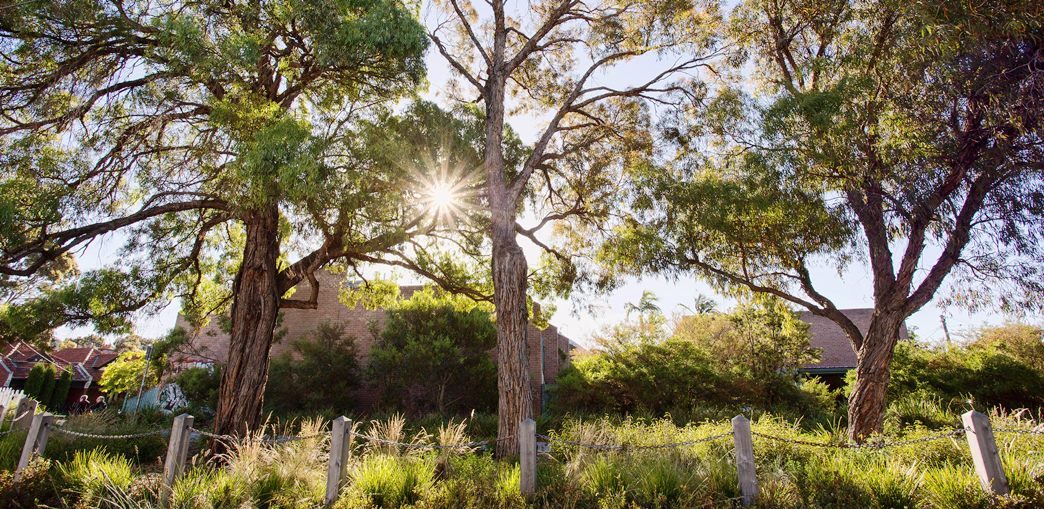On June 5, 2019 (World Environment Day), a bold new plan to restore the connectivity and enhance the size of local urban forests was launched in greater Melbourne, Victoria, Australia. They hope it will be the most extensive urban forest on the planet in 30 years.
The plan, titled Living Melbourne: Our Metropolitan Urban Forest, is a joint effort of The Nature Conservancy and Resilient Melbourne. It marks the first time in Australia that such a vast area of a city has been mapped to understand where trees exist and why, and what can be done to protect, restore and expand urban forests.
City of Melbourne Lord Mayor Sally Capp said the strategy unites local governments and land authorities around the enhancement and protection of urban forests. “Melbourne is renowned for its parks and gardens. A healthy urban forest is crucial to maintaining our status as one of the world’s most livable cities, and enhancing the wellbeing of our residents and visitors,” she said.
“The Living Melbourne strategy has mapped all the trees, shrubs and vegetation across public and private land in the greater Melbourne metropolitan area, highlighting the areas that have abundant greening and those that have very little. Nature doesn’t care about municipal boundaries, which is why it was so important for us to collaborate with Melbourne’s 32 councils, the Victorian Government and other authorities to ensure a consistent approach to protecting and growing our urban forests,” Capp added.
Mapping conducted during the strategy development found that Greater Melbourne has 15 per cent total tree canopy cover. Canopy cover is highest in the eastern region (25 per cent), inner south-east region (22 per cent) and lowest in the western region (4 per cent).
The strategy also analysed land surface temperatures to understand where the urban heat island effect had the greatest impact. It found that on average, temperature hot spots occur in areas that have less than three per cent vegetation cover and no tall trees.
Chair of the City of Melbourne Environment Portfolio Councillor Cathy Oke said the Living Melbourne strategy would help address the impacts of climate change on the environment and people. “Within the City of Melbourne, our vast urban forest of 70,000 trees is under threat from the effects of climate change, such as extreme heat,” Oke said.
“While we are already taking action to boost greening, including planting 3000 climate resilient trees every year, there is so much we can learn from our neighbours while sharing our experiences as well. Living Melbourne’s six recommendations for healthy people and nature align closely with our own commitments and strategic framework to take urgent action on climate change,” she continued.
Living Melbourne has been formally endorsed by 41 organisations, including the City of Melbourne. It was compiled over three years by The Nature Conservancy and Resilient Melbourne, an organisation hosted by the City of Melbourne.
Photo courtesy of Resilient Melbourne.

